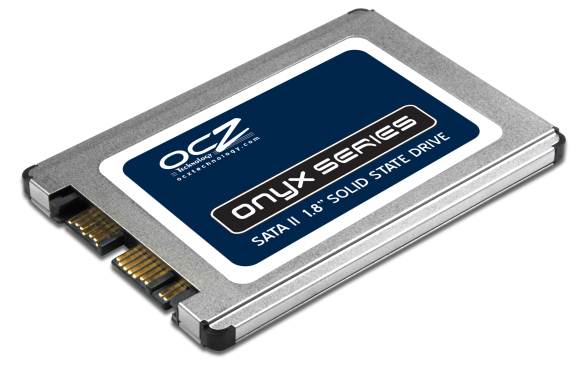After a full afternoon of hard work, you open your computer and start Windows. To the surprise and complete misfortune, the folder is empty, without any trace of his work.
This scene is often experienced by professional and amateur users. Mistakes on the SSD Hard Drive are more common than you think! When we are just taking normal work, we can still redo the work without much difficulty. Already in the coverage of office and research study, the loss of data can bring serious problems (including legal actions) to the professional responsible.
If this has already happened to you, the best solution is to seek SSD hard drive data recovery service. Otherwise, do not wait for the worst to take action! You can avoid these SSD hard drive failures by following some guidelines. Check out five tips below not to lose your data!
- Stop using the drive when it is full
Especially in the case of large work, we recommend using two or more drives and switching them throughout the process. Often, without realizing it, the data ends up exceeding the capacity of the media. Once the drive is full, new data may corrupt the entire drive.
- Take out the drive only after turning off the system
It is common to forget to turn off the system before removing the drive. This practice, however, can damage stored data. The error happens when the media is suddenly ejected while the machine is reading or writing the digital files.
- Format the memory card on the system itself
Formatting the memory card in your computer makes it easy to invade viruses and other malware. Therefore, we recommend that you format the camera directly to ensure the security of your data.
- Do not force the SSD drive
The drive has a one-way format, i.e. it can be plugged only on a specific side. So, one tip to avoid losing photos is to properly insert the media into the system by manipulating the object with care. Forcing entry can damage important physical components for proper operation. This tip works same with USB. In case of USB data loss, learn more at https://www.salvagedata.com/usb-flash-drive-recovery/.
- Use a quality drive
Finally, use quality media, so you do not have any problems later. Like any other product, the cheap is coming out expensive. So, if you want to protect your digital files, carefully evaluate the options before you buy them.

